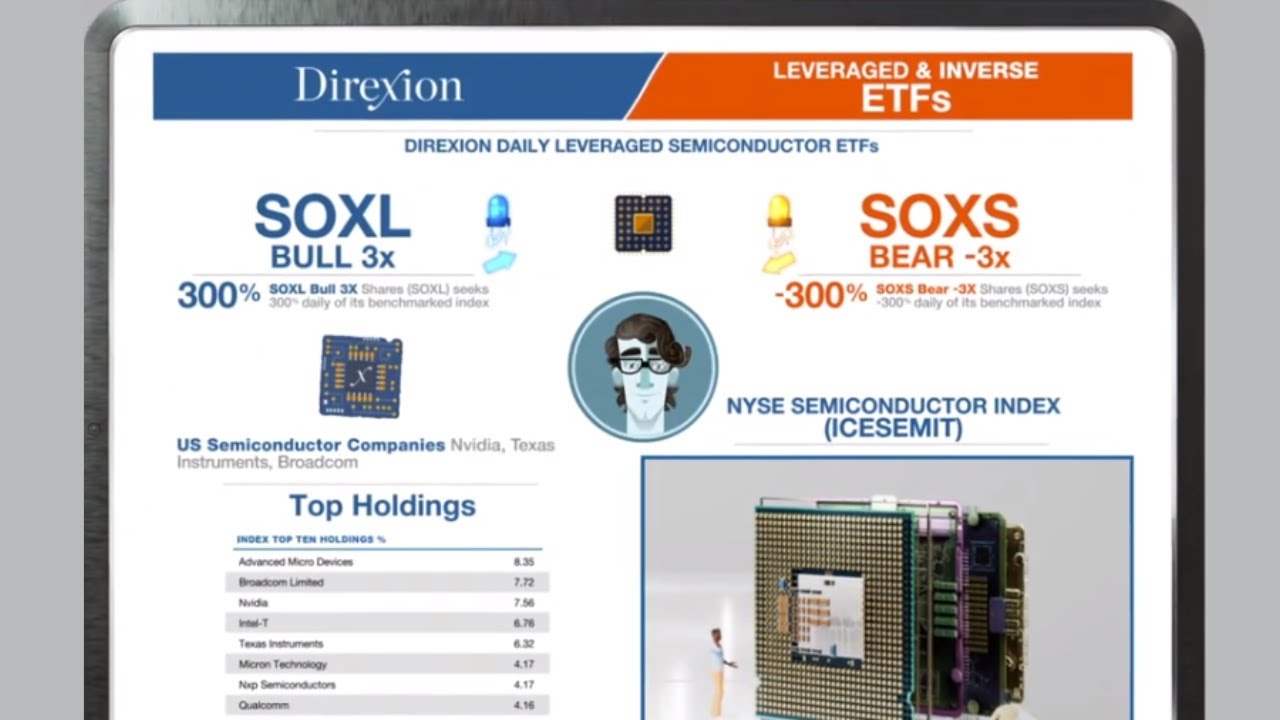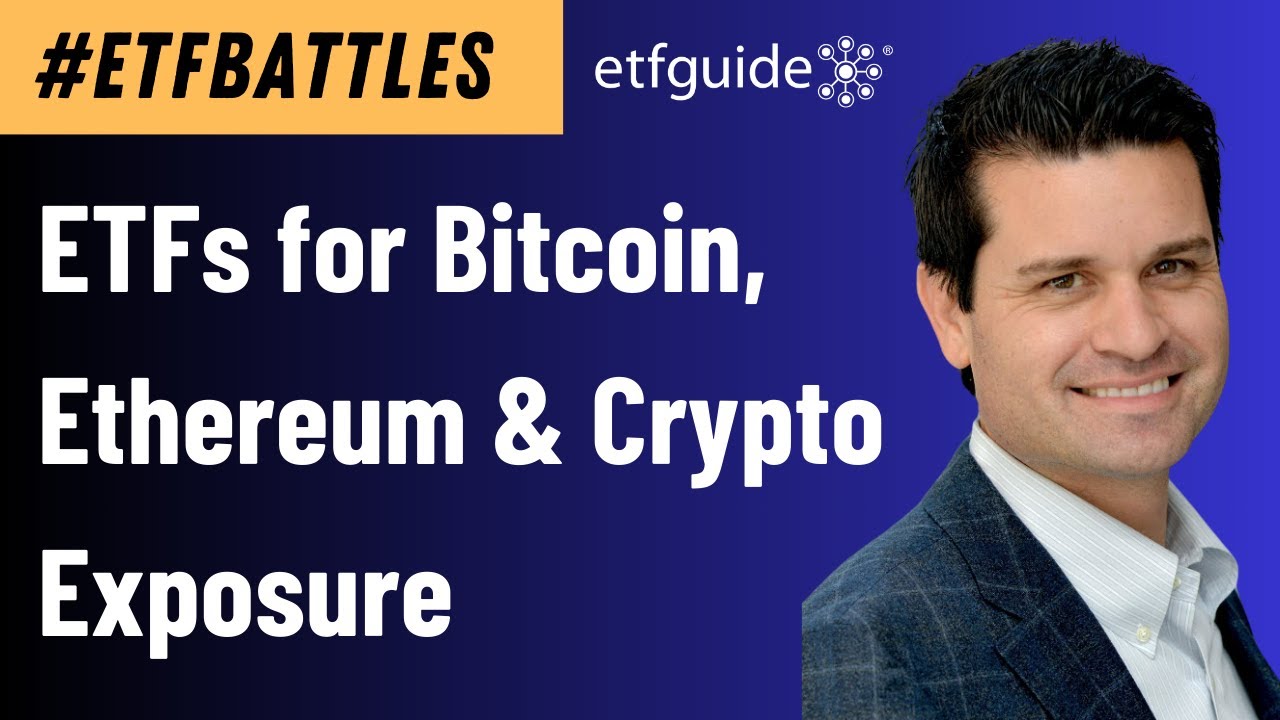This is an excerpt from ETF Trading: The Art of Buying and Selling on ETFguide TV – an examination of how to properly time and place your ETF buy and sell orders.
Trading volume for popular ETFs like the SPDR S&P 500 ETF (SPY), Invesco QQQ Trust (QQQ) and the SPDR Gold Shares (GLD) exploded during the first quarter. To understand the magnitude of surging ETF volume let’s look at the numbers.
Before the Coronavirus outbreak, average daily trading volume for was 50 to 100 million shares for SPY, 20 to 40 million shares for QQQ and 5 to 15 million shares for GLD. On March 12 alone, daily trading volume spiked to a record 392 million shares for SPY, 137 million for QQQ and 32 million for GLD.
The sheer ferocity of skyrocketing trading volume has led to market dislocations everywhere. For example, popular bond ETFs like the Vanguard Total Bond Market ETF (BND) have experienced unusual discrepancies between their fund’s net asset value (NAV) and the fund’s share price. While premiums and discounts are common in the closed-end fund market, ETFs are designed to have their NAV and share prices closely aligned. This introduces a new level of trading risk that ETF investors need to consider.
The widening of bid/ask ETF spreads is another unwanted development. SPY, which under normal conditions has bid/ask spreads of just one or two pennies, experienced a colossal spread of five cents on March 13. For an ETF of SPY’s size a five cent spread is a Grand Canyon like separation. Likewise, smaller ETFs that don’t have SPY’s same size or volume are experiencing wider bid/ask spreads too.
Beyond widening bid/ask spreads, decelerating liquidity is something else to look at too. Ask any trader anywhere, no matter what market or ETF they are buying or selling, and they’ll tell you that liquidity is thinning. Trade execution is taking longer to happen and in super thin markets, may not even happen at all.
All of this is a stark reminder that ETF trading costs can instantly surge during times of intense market pressure. It’s also a reminder that zero brokerage commission costs don’t completely eliminate the real life cost of buying and selling ETFs.
In our latest episode, Lynn Dolan at ETFguide provides a solid roadmap for how to execute your ETF trades. Even if you’re a buy and hold ETF investor, at some point you will buy and sell your funds. That means is best to wise up and know the ropes before you hit the trade button.
Watch the full episode of ETF Trading: The Art of Buying and Selling at ETFguide TV.



